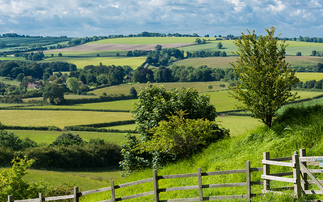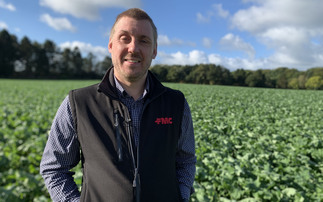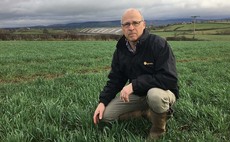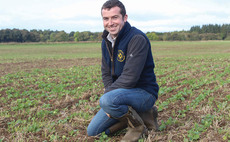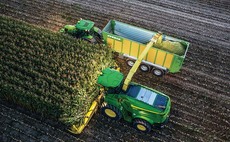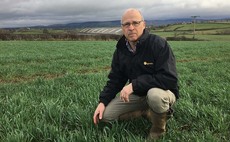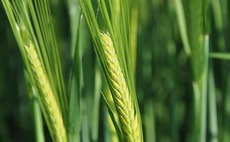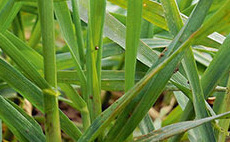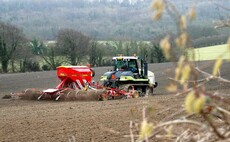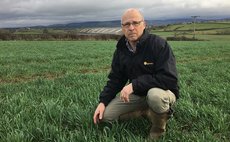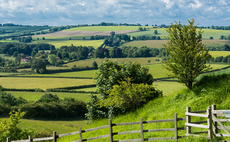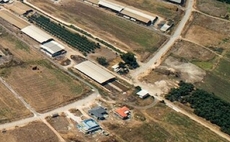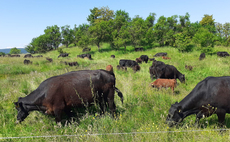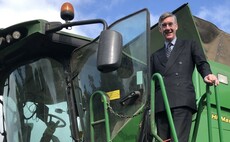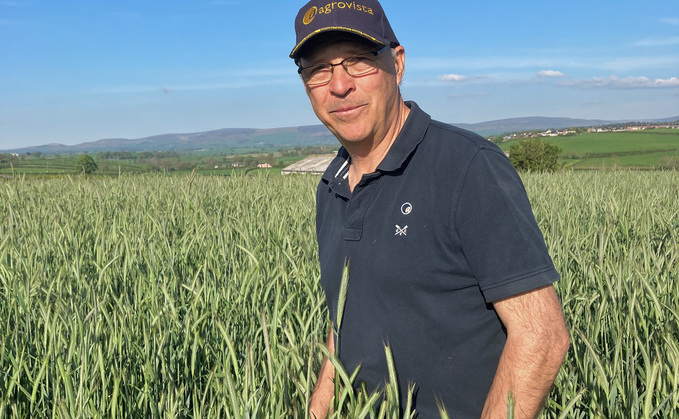
Agrovista agronomist, Simon Nelson
Harvest has got off to a slow start in Cumbria. We have been getting a day of dry weather and six days of wet for much of the first three weeks of July, and many parts of Cumbria have had more than 100mm or rain in that time.
People are snatching winter barley when they can. Hopefully by the time this article appears at the end of the month they will be well through it, but the weather forecast does not look that brilliant. Yields so far look respectable, generally between 7.5 and 8.75 tonnes per hectare.
Oilseed rape
Very little oilseed rape has been cut, but it is safe enough, while wheat is at or near desiccation timing. Some heavier wheat crops are lodging, particularly one or two varieties. That is worth thinking about when choosing what to grow this autumn.
Conversely, some wheat crops are senescing. This is probably due to the hot, dry spell preceded by the wet autumn, which discouraged crops from putting roots down.
Spring barley on lighter land is full of secondary growth. The drought just about killed it off, then rain encouraged new growth. It will need glyphosate before harvest.
Maize thriving
On a brighter note, maize has not suffered at all. Most thrived through the hot dry spell - now we would like a warm and sunny six weeks to set cobs and fill them out.
Poor germination and weed control in fodder beet have been challenges, but all herbicides are now on. Deep-rooted fat hen kept growing in the dry - balancing robust rates of chemistry with emerging beet has not been easy.
Reseeding leys after winter barley has started. Clover and herbal mixtures need to be sown in the next month to take advantage of warmer temperatures.
Cover crops
Cover crops can be sown any time from now on - good establishment will help them soak up residual nutrients and improve soil structure. Tillage radish and black oats work well before an autumn crop, and black oats, phacelia and legumes are a good choice to cover overwintered stubble.
I would also advise growers considering min-tilling or direct drilling winter crops to ensure they are drilling into clean stale seedbeds, and perhaps sooner than they are used to - they will be moving much less soil, therefore mineralising less nitrogen.
Finally, I will be urging all my customers to soil sample fields going into winter crops. We do not want to wait until next spring to find out they are short of lime or nutrients are low, and we can book inputs accordingly to ensure product arrives on farm when needed.












